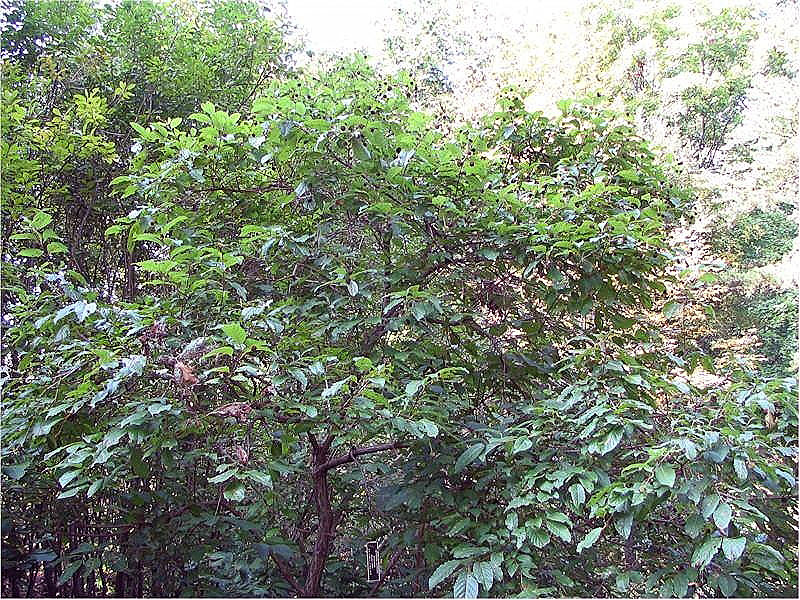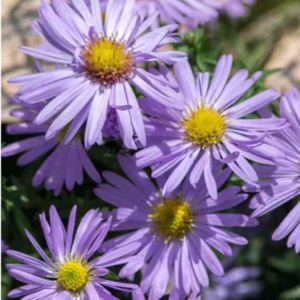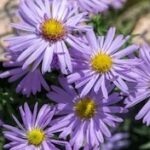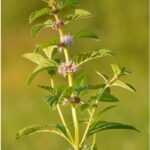Description
 Scientific name: Cephalanthus occidentalis
Scientific name: Cephalanthus occidentalis
Range: Lower Michigan, Wisconsin
Light: Full, Partial
Soil: Loam, Sand
Moisture: Moist, Wet
Benefits: Pollinators, Butterflies, Host, Deer resistant, Birds, Hummingbirds
Height: 6-15′
Blooms: June-August
Zones: 4-9
Color: White
Spaciing: 4-6′
Roots: Fibrous
Found in soggy places in the wild, buttonbush will do fine in moist, humusy garden soils and thrive in wet spots, including shallow standing water, says the Missouri Botanical Garden. It has an irregular shape, so if you want, prune in the early spring. If your buttonbush gets too happy and unmanageable, feel free to cut it back to the ground in early spring; it should resurrect. It’s charming, long-blooming flowers are magnets for pollinators and butterflies.




